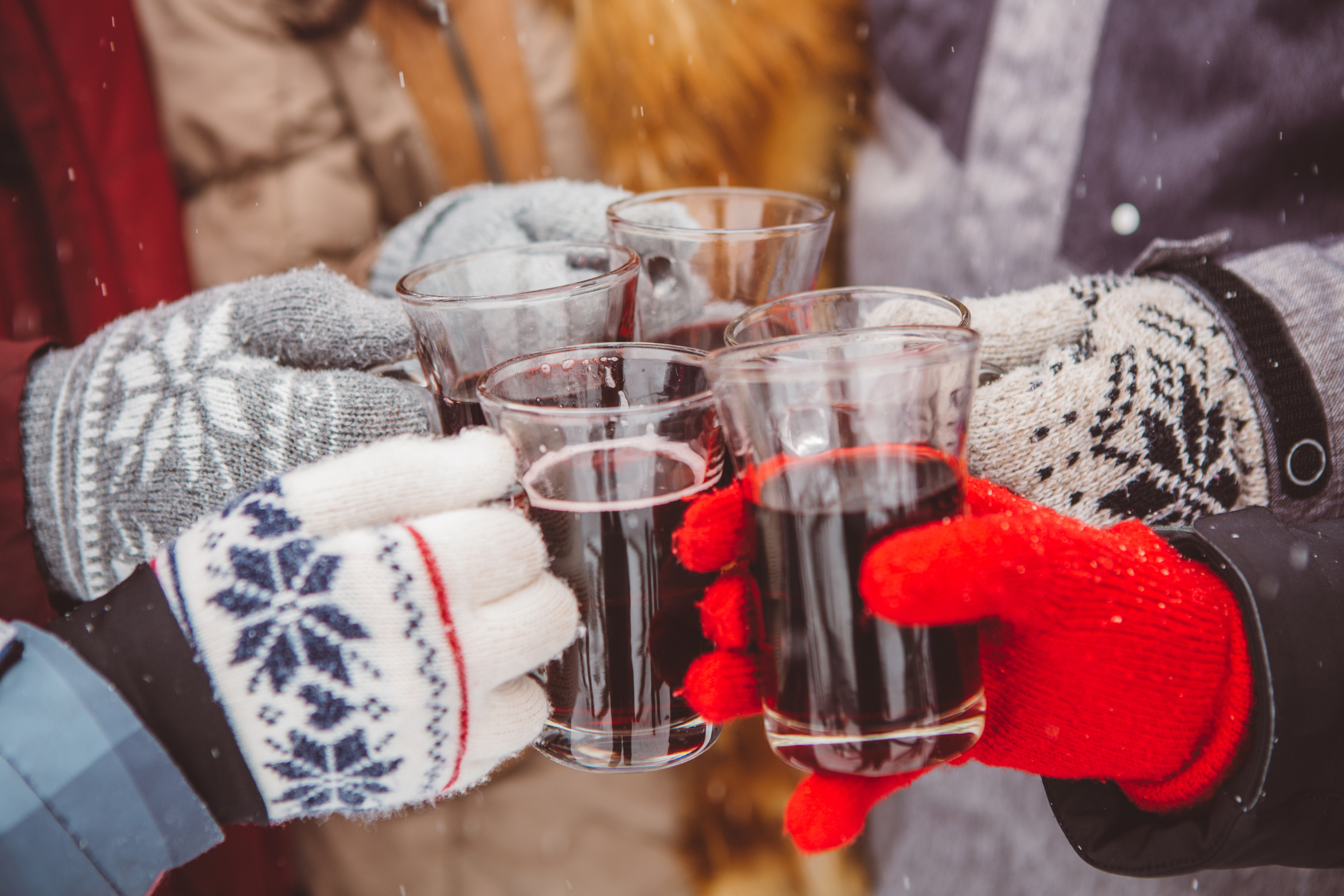There’s something to be said about hunkering down on a chilly winter evening with a nice glass of wine or a shot of whiskey. It’s a pleasurable experience and something that science backs up. But where you live and how much you drink can cause serious health issues.
People who live in colder regions with less sunlight consume more alcohol than those who reside in warmer climates, according to a new study from the University of Pittsburgh Division of Gastroenterology published in Hepatology. Researchers found that people drank more alcohol as temperature and sunlight hours dropped.
“It’s something that everyone has assumed for decades, but no one has scientifically demonstrated it,” said senior author Ramon Bataller, M.D., Ph.D., chief of hepatology at UPMC, professor of medicine at Pitt, and associate director of the Pittsburgh Liver Research Center.
“Why do people in Russia drink so much? Why in Wisconsin? Everybody assumes that’s because it’s cold,” he noted.
The study also concluded that climate, binge drinking, and alcoholic liver disease are linked.
“This is the first study that systematically demonstrates that worldwide and in America, in colder areas and areas with less sun, you have more drinking and more alcoholic cirrhosis,” Bataller added.
Take that as a warning, residents of northern Canada.
Drinking alcohol makes you feel warmer because it increases blood flow. This feels good if you live in the Yukon or Northwest Territories, but not in Death Valley, for example.
Unfortunately, drinking is linked to depression, which is exacerbated when it’s cold outside and when the amount of sunlight is low. Climate also plays a role in alcoholic liver disease.
Lead author Meritxell Ventura-Cots, Ph.D., a postdoctoral researcher at the Pittsburgh Liver Research Center, noted that things such as religion were factored into the research. For example, many Arabs in desert climates abstain from alcohol.
The research indicates that initiatives should be targeted towards geographic areas in which alcoholism and alcoholic liver disease may be more of an issue. The study included data from the World Health Organization, the World Meteorological Organizing, and other public data sets.
In case you’re wondering, check out the coldest places on earth:
- Vostok, Antarctica
- Eismitte, Greenland
- Verkhoyansk, Russia
- North Ice, Greenland
- Oymyakon, Russia
- Snag, Yukon
- Fort Selkirk, Canada
- Mount McKinley, Alaska
- Stanley, Idaho
- Rogers Pass, Montana
Fort Selkirk is extremely cold and is only accessible by boat or plane. The lowest temperature ever recorded was -74 degrees F. The lowest temperature recorded in Snag was -84 degrees F.


